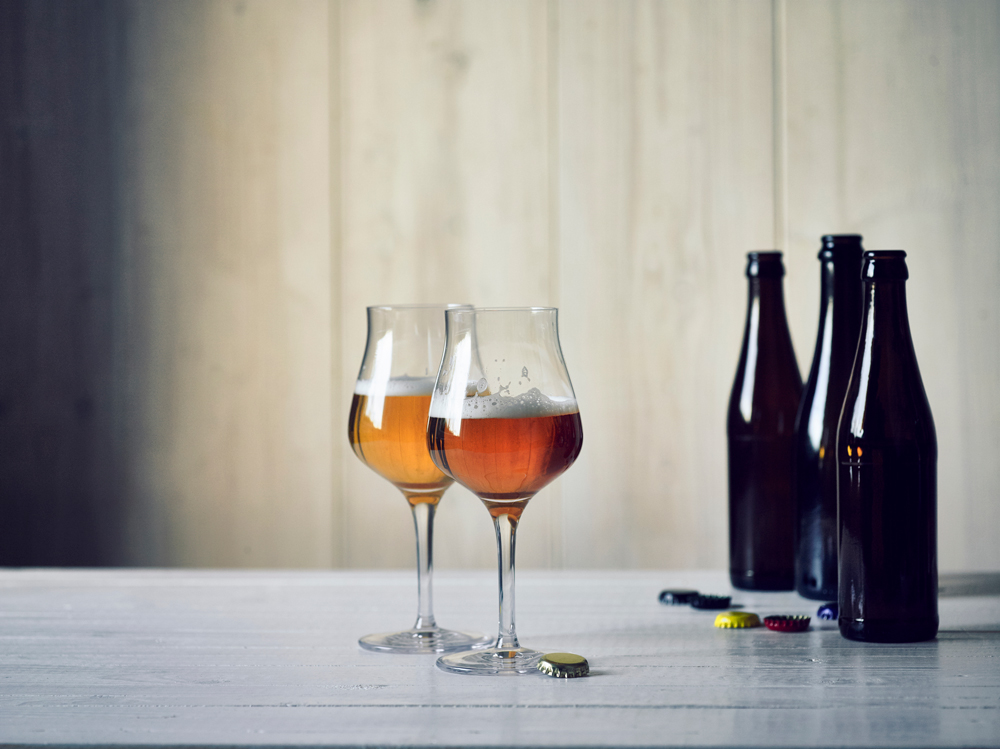
By Mikey Lowe
Let me try to upsell you this style. How would you like a beer that smells goaty, musty and often wildly fruity, and tastes like a sour-warhead? Yeah that wasn’t exactly my finest sell, but perhaps I’ve tweaked your interest?
Typically it’s a style that is less understood, and mostly kept off the radar. Lambic beer is “as weird as beer gets!” according to beer scribe Randy Mosher. Lambic styles require a distinctly violent mashing procedure, coupled with spontaneous fermentation from wild, airborne yeasts copulating in the exposed mash under a cold, night sky. These microscopic critters, which historically came from the surrounding fruit orchards, perform various roles in fermenting and souring the beer. Mosher again: “the flavours of ancient lambics really revolve around acidity, at times shockingly so.”
The true esscence of this “voodoo dependent beer” is in the number of random innoculations by microorganisms ‘passing in the night’. Spontaneous fermentation occurs through attacks made by enterobacteria such as Kloeckera and E.coli, which metabolise the residual glucose and then (thankfully) die off. Next comes your Saccharomyces to convert maltose sugars to lovable alcohol and CO2. Finally, yeasts such as Brettanomyces and Pedioccocus add the Midas touch of esterified fruity, earthy aromas and mouth puckering acidic, sourness. It’s what give these styles if beers their thirst-quenching qualities.
Modern Lambic styles are the way they are today in part because of the way Belgian brewers were taxed between 1822 and 1885. The tax they had to pay was based upon the size of the mash-tun, so, wrote G. M. Johnson in 1916, “for the space of some sixty years, the best minds in the Belgian brewing world seem to have concentrated on the problem of getting a quart into a pint pot.”
This form of taxation forced the hand of brewers to combine ingenuity and frugality to their art. Limited hot water was available in the mash-tun to increase levels of malt. The trend of having a false bottom used to filter the mash from the hot water wasted too much space, so to filter out the liquid, a stuikmand, or brewer’s basket (a tall wicker basket), was forced down into the mash, letting liquid dribble in through the woven sides. The most important feature of turbid mashing is that this cloudy, enzyme-rich wort, known as slijm (a Dutch term meaning ‘slime’), is immediately put into a kettle fitted with a set of rotating chains that drag the bottom and keep the starch from sticking and scorching. The ‘slime’ is reused and re-added to the grain and the whole process is recycled. This process retards the enzymes ability to convert starch into fermentable sugar, so that the wort has a lot of remaining dextrin in it. This is the base of several of Belgiums obnoxiously unique styles, the Lambics, some Trappists, and Flanders.
This article was first published in 2014.

